ATF Inventing Rules as It Goes? – [Gun Control 2021]
The Bureau of Alcohol, Tobacco, Firearms, and Explosives (ATF) seems to be making up rules as they go along to implement their own form of administrative gun control.
There are currently two significant instances of gun control that the ATF is starting on their own outside of the legal lawmaking process – we’ll cover both of them here:
- banning homemade firearms
- banning pistol braces
The ATF making up their own gun control rules as they go is very scary and very dangerous.
As you’ll see in our descriptions below, they are inventing their own legal definitions which are well within “arbitrary and capricious” territory.
Worse, these new definitions that they are making up on their own are directly affecting otherwise legal gun owners and companies.
Companies are literally being raided by ATF agents and private citizens are being visited by the ATF and having their guns seized.
ATF Banning Homemade Firearms
No, the ATF has not outright banned homemade firearms.
However, the steps they are taking now, and especially how they are literally making up their own interpretations that are inconsistent with the law and even their own prior determinations, are directly affecting lawfully homemade firearms.
Homemade firearms Background: Under federal law (your state’s laws may differ), it is perfectly legal for someone who is not otherwise prohibited from owning a firearm to manufacture a firearm for themselves.
The marking requirements which apply for manufacturer FFLs do not apply to homemade firearms for personal use.
You may even, in fact, later sell that firearm. You may not, however, make the firearm with the intent to sell it.
It has become popular for people to make their own firearms for many reasons:
- there is no paperwork tracing the firearm to the builder
- the firearm can be truly customized as the builder wants
- it is a lot of fun to tinker and build firearms as a hobby
A company very relevant to this discussion, Polymer80, makes “non firearm” kits that are a great starting point for building your own guns. If this interests you, you should check out our step-by-step guide to building your own Glock at home.
These non-firearm items that can be converted into a firearm at home are typically called “80% receivers or frames.” You can learn much more about these here: 80% Receiver / Frame Guide
The key to products lies in an understanding of the definition of a firearm.
Firearm Definition Background: A firearm, under federal law, is defined in a few ways in 18 U.S.C. § 921(a)(3)(A-B)
The first part of the definition includes any weapon that expels a projectile by the action of an explosive. This means that air rifles, paintball guns, etc. aren’t firearms under federal law even though they expel a projectile because they use air pressure and not an explosive.
Simply, if it goes “bang” and a bullet comes out, it’s a gun. However, this first part of the definition also includes any object that can be “readily converted” into something that is a firearm. Therefore, a complete gun is clearly a gun but also something that can be “readily converted” into a gun is also a gun.
The second part of the definition includes the frame or receiver of a firearm is also a firearm by itself. Therefore, a pistol frame is a “firearm” and so is a rifle’s receiver.
The third and fourth parts of the definition of a firearm under federal law aren’t relevant to this discussion.
These kits are legal because they haven’t crossed the “readily converted” line into being a firearm. As a marketing term, “80%” is used to denote that it isn’t complete yet and it is only finished to a point somewhere before it crosses the line. There is no actual 80% standard in the law.
As you can imagine, it is very important that these items do not cross the “readily converted” line for them to be a non-firearm. Unfortunately, for many firearm types it is not clear when this line is crossed, and most manufacturers will reach out to the ATF for an official determination that their product is not legally a firearm.
In 2016 Polymer 80 sought and received confirmation from the ATF that their product, an 80% frame, parts, and jig, were not a firearm.
A consumer could purchase the kit, choose all of the other parts for their homemade pistol, and with some work, build their own gun.
Later, Polymer80 also started selling complete kits that included all of the additional parts to make the decisions and process easier for the consumer. These kits were called “Buy Build Shoot Kits.”
On December 10, 2020, the ATF raided Polymer 80 headquarters because the ATF decided that these “Buy Build Shoot Kits” were firearms. The ATF also took customer sales records (they also got customer information from Stamps.com for shipments and Authorize.net for credit card payments). There are reports of the ATF visiting consumers and seizing these kits.
Here is the legal issue: the ATF arbitrarily decided that the “Buy Build Shoot Kits” were “firearms.”
As “firearms” (in ATF’s eyes), there are multiple issues: they would need to be made by a licensed firearm manufacturer, they would need to be serialized, and they could only be shipped to other FFLs or to consumers if they had their own home-based FFL) or if the proper paperwork and background check requirements have been satisfied.
Therefore, once the ATF magically decided these were firearms, a whole host of federal laws were “broken.”
As you can see above, the ATF had already officially determined that the Polymer 80 “80% frames” were NOT firearms because they had not crossed the readily converted line. THIS IS ALL THAT MATTERS HERE.
Apparently, the ATF has decided that the 80% frames, by themselves are not a problem but the complete “Buy Build Shoot Kits” magically convert the non-firearm parts into firearms because they are sold as a kit. However, NOWHERE in the law does “readily converted” have anything to do with other parts. Presumably, the ATF would be ok with a customer purchasing a Polymer 80 kit online and then purchasing every other part they’d need on Brownells.com.
This is absolutely absurd.
If the 80% frame is not a firearm, having that non-firearm next to other parts does not make it a firearm as the approval from ATF in 2016 was based on the work required to complete the 80% part and not about the availability of other parts.
According to the details in the ATF search warrant, ATF Special Agent Tolliver Hart went undercover and purchased a “Buy Build Shoot Kit” from Polymer 80 and then used the purchased parts to build himself a firearm.
SA Hart then converted the non-firearm (as approved by ATF) 80% frame into a firearm by completed the required manufacturing steps known to the ATF when they certified the item as a non-firearm.
The search warrant application goes into great detail about how these “firearm experts” had trouble figuring out how to complete the kit and they even managed to break a part of the 80% frame while they were working on it.
It then jumps to the conclusion that the kit is a firearm without ANY legal explanation how an item that was certified by the ATF to NOT be a firearm is now a firearm.

The only part of the application for the search warrant that seems to address their reasoning is that the kit included a fully assembled pistol slide and that it had all of the parts necessary.
In fact, in one section, it states it’s a firearm because the kit includes all of the parts from which a firearm can be assembled.
THIS IS A LIE.
The kit, instead, includes many pistol parts but NO pistol frame. The ATF itself had already declared the “80% frame” to not be a firearm and that is what was included in the kit.
Therefore, it did NOT contain all of the parts from which a firearm could be assembled. Instead, it merely contained non-regulated pistol parts (the ATF even admits in the application that a completed slide is not regulated nor are any of the parts in the kit).
This entire reasoning by the ATF only makes sense if they magically changed their opinion that the 80% frame was now a firearm. However, as it is not, there was not a complete firearm’s worth of parts in the box.
SA Hart manufactured / created a pistol frame. That is a distinct step and activity. After he made a pistol frame (a firearm), he then assembled non-regulated parts onto it. The discussion in the application about the ability to fire a projectile is irrelevant (as you now know) because once he manufactured a frame via his labor, he now had a firearm.
This is extremely dangerous.
The ATF has arbitrarily changed their mind about something upon which many customers have relied. Now, Polymer 80 has been raided, faces legal costs and troubles, and now private citizens who bought non-firearms are being visited by the ATF and being forced to surrender these kits as unlawful firearms.
To make things even more mind-boggling, the ATF only has a problem with the kits and is currently ok with Polymer 80 selling their 80% frames. This is where all logic breaks down.
This is just part one of the ATF’s over-reach.
ATF TRYING TO BAN PISTOL BRACES?
Pistol Braces and the ATF have had a complicated history.
Most recently, the ATF is trying to implement a scorecard system to ban pistol braces.
First, they were ok. Then they kinda weren’t. Then they were good again. And now it seems they’re not.
I know that doesn’t make much sense – neither does ATF’s interpretation of their own rules.
Again, let’s get some background information out of the way first.
Rifle Definition Background: A rifle is a firearm (see above for firearm definition) that has a rifled barrel (the twisting grooves that spin a bullet) and which is designed and intended to be fired from the shoulder.
If a rifle has a barrel length of less than 16 inches or an overall length of less than 26 inches, then it is a special class of firearm that is highly regulated (NFA Firearms) called a “Short Barreled Rifle.”
Handgun Definition Background: A handgun is a firearm that is designed and intended to be fired with one hand.
Please note the language about “designed and intended” for each type of firearm above.
There are certain firearms which may not seem like handguns to some, but they are. For example, an AR-15 pistol.
AR-15 pistols share the same receiver and most of the same parts as an AR-15 rifle, but they lack a buttstock and often have a shorter barrel. So, to the layperson, it may seem like an AR-15 rifle but without a buttstock, it isn’t designed and intended to be fired from the shoulder and therefore can’t be a rifle.
This is also why AR-15 pistols can have barrels shorter than 16 inches – they aren’t rifles and therefore can’t be short barreled rifles.
In 2013, SB Tactical invented and sold a device called a “pistol brace” or “arm brace.” This device attached to the rear of a pistol (like an AR-15 pistol) and although it may appear to be a buttstock, it was NOT designed and intended to be fired from the should and instead was designed to connect to the shooter’s forearm to help stabilize the firearm.
SB Tactical sought and received ATF approval that the device would not be considered a buttstock and therefore would not turn a pistol into a rifle when attached.
Pistol Braces became VERY popular because they allowed someone to effectively have a short barreled AR-15 without it being an NFA item. (note: shorter barrels are sometimes desirable because they make a more compact and easier to maneuver firearm).
Later, the ATF realized that many (most?) shooters were firing their pistol brace equipped pistols from their shoulder and came out with an absurd ruling that the shooter, by placing the brace into their shoulder, was “re-designing” the firearm into a rifle.
I personally argued to the ATF in a meeting about this issue. I explained that if I took a legitimate rifle (think, bolt action hunting rifle) and foolishly fired it by placing the buttstock on my forehead instead of my shoulder, I wasn’t redesigning the rifle into something else because I used it a certain way. Only the manufacturer could determine the design intent. Likewise, I couldn’t take an NFA firearm like a short barreled rifle and have it not considered a short barreled rifle by never placing it in my shoulder. Therefore, use by the shooter does not negate the manufacturer’s design intent.
After much flack for their arbitrary and nonsensical ruling, the ATF backed-off and finally came out and effectively said “Oops. Never mind. You can put an arm brace in your shoulder while firing your gun.”
Fast forward to now and the ATF and diving into the pistol brace mess again.
The ATF has already had meetings wherein they have expressed how much of a problem they think pistol braces are and that they’d like to ban them.
Unfortunately, President Trump made matters worse when he set a precedent of banning another add-on part, bump-stocks. Instead of following the proper legislative process, Trump’s administration (including the ATF) decided to reinterpret federal law (something they shouldn’t be able to do) and decided that bump-stocks were machine guns. This topic should have more discussion but I don’t want to get side-tracked.
Now, the ATF has recently gone after manufacturers making pistols with pistol braces and has declared them buttstocks through an unclear and vague standard.
In a poor attempt to clear up the standard they apply when determining whether a pistol with a pistol brace is a handgun or whether it is a highly regulate short barreled rifle, they published proposed rule making in the federal register for public comment.
We’re finally to where the ATF is making up standards that have no basis in the law.
And, to make matters worse, their standard is not a standard at all – it is so vague and subjective that no manufacturer nor citizen could ever have a clear answer s to whether they are violating federal law or not.
Here are the “standards” they list in their proposal:
“The objective design features ATF considers in determining whether a weapon with an attached “stabilizing brace” has been “designed or redesigned, made or remade, and intended to be fired from the shoulder” include, but are not limited to:
- Type and Caliber. The type and caliber of firearm to which the stabilizing brace or similar item is installed. A large caliber firearm that is impractical to fire with one hand because of recoil or other factors, even with an arm brace, is likely to be considered a rifle or shotgun.
- Weight and Length. The weight and length of the firearm used with the stabilizing brace. A firearm that is so heavy that it is impractical to fire or aim with one hand, or so long that it is difficult to balance the firearm to fire with one hand, is likely to be considered a rifle or shotgun.
- Length of Pull. The “length of pull” refers to the distance from the trigger to the point at which a stock meets the shoulder. This is a measurement for rifles and shotguns used to accommodate shooters of different sizes. Because an arm brace need only reach the forearm, the distance between the trigger and the back of the brace is generally expected to be shorter than the distance between the trigger and the back of a stock on a weapon designed and intended to be fired from the shoulder. This measurement is not necessarily determinative of the intent of the manufacturer but is used in making an evaluation of the firearm. If a brace is of a length that makes it impractical to attach to the shooter’s wrist or forearm, then that may demonstrate that it is not designed as brace but rather for shoulder fire.
- Attachment Method. The method of attachment of the stabilizing brace, to include modified stock attachments, extended receiver extensions, and the use of spacers. These items extend the distance between the trigger and the part of the weapon that contacts the shooter, whether it is a stock or stabilizing brace. Use of these items indicates that the weapon is designed and intended to be fired from the shoulder because they extend a stabilizing brace beyond a point that is useful for something other than shoulder support.
- Stabilizing Brace Design Features. The objective design features of the attached stabilizing brace itself are relevant to the classification of the assembled weapon, and include:
+ The comparative function of the attachment when utilized as a stabilizing brace compared to its alternate use as a shouldering device;
+ The design of the stabilizing brace compared to known shoulder stock designs;
+ The amount of rear contact surface area of the stabilizing brace that can be used in shouldering the weapon as compared to the surface area necessary for use as a stabilizing brace;
+ The material used to make the attachment that indicates whether the brace is designed and intended to be pressed against the shoulder for support, or actually used on the arm;
+ Any shared or interchangeable parts with known shoulder stocks; and
+ Any other feature of the brace that improves the weapon’s effectiveness from the shoulder-firing position without providing a corresponding benefit to the effectiveness of the stability and support provided by the brace’s use on the arm. - Aim Point. Appropriate aim point when utilizing the attachment as a stabilizing brace. If the aim point when using the arm brace attachment results in an upward or downward trajectory that could not accurately hit a target, this may indicate the attachment was not designed as a stabilizing brace.
- Secondary Grip. The presence of a secondary grip may indicate that the weapon is not a “pistol” because it is not designed to be held and fired by one hand.
- Sights and Scopes. Incorporation of sights or scopes that possess eye relief incompatible with one-handed firing may indicate that the weapon is not a “pistol” because they are designed to be used from a shoulder-fire position and are incompatible for the single-handed shooting that arm braces are designed and intended.
- Peripheral Accessories. Installation of peripheral accessories commonly found on rifles or shotguns that may indicate that the firearm is not designed and intended to be held and fired with one hand. This includes, but is not limited to, the installation of bipods/monopods that improve the accuracy of heavy weapons designed and intended to be fired from the shoulder; or the inclusion of a magazine or drum that accepts so many cartridges that it increases the overall weight of the firearm to a degree that it is impractical to fire the weapon with one hand even with the assistance of a stabilizing brace.”
I’d love to break each one of these down into their absurdity but I don’t want to take the time and you don’t want to read it all.
But, I’ll take a stab at a few.
First, they start with “objective design features.” This is absurd point #1 as these features are nowhere near objective.
Second, “Type and Caliber.” The ATF writes, “A large caliber firearm that is impractical to fire with one hand because of recoil or other factors, even with an arm brace, is likely to be considered a rifle or shotgun.”
Who determines what is “impractical?” What are the “other factors?”
Third, “Weight and Length.” The ATF writes, “A firearm that is so heavy that it is impractical to fire or aim with one hand, or so long that it is difficult to balance the firearm to fire with one hand, is likely to be considered a rifle or shotgun.”
What is “so heavy?” Again, who determines “impractical?” Where does “difficult to balance” have anything to do with the distinction of a rifle?
Fourth, “Aim point.” The ATF writes, “If the aim point when using the arm brace attachment results in an upward or downward trajectory that could not accurately hit a target, this may indicate the attachment was not designed as a stabilizing brace.”
What trajectory is so “upward or downward” that a target can not be accurately hit? Even if that were defined, what does that have to do with being a pistol vs a rifle?
Fifth, “Peripheral Accessories.” The ATF writes, “Installation of peripheral accessories commonly found on rifles or shotguns that may indicate that the firearm is not designed and intended to be held and fired with one hand. This includes, but is not limited to, the installation of bipods/monopods that improve the accuracy of heavy weapons designed and intended to be fired from the shoulder; or the inclusion of a magazine or drum that accepts so many cartridges that it increases the overall weight of the firearm to a degree that it is impractical to fire the weapon with one hand even with the assistance of a stabilizing brace”
How does the insertion of any type of magazine change the legal status of a firearm from a handgun to a rifle? What if no arm brace was on the firearm, does adding a magazine that is “too large” for ATF’s subjective standard make a handgun not a handgun? If so, then what is it if there’s no arm brace? And, of course, again, who determines what is “impractical?”
As you can see, this “standard” is nowhere near a standard. Even if it where, the ATF writes that this list is not complete – what other “we’ll know it when we see it” criteria do they use?
This is an over reach of the ATF and so vague that nobody could possible comply.
We are in very dangerous territory and if this is what the ATF is doing while Trump is still President, God help us when he’s not.
If you want to make your voice heard on this matter, please consider submitting a comment by clicking “Submit a Formal Comment” on the actual federal register notice or by following these instructions:
You may submit comments, identified by docket number ATF 2020R-10, by any of the following methods—
- Federal eRulemaking Portal: www.regulations.gov. Follow the instructions for submitting comments.
- Mail: Office of Regulatory Affairs, Enforcement Programs and Services, Bureau of Alcohol, Tobacco, Firearms, and Explosives, 99 New York Ave. NE, Mail Stop 6N-518, Washington, DC 20226; ATTN: ATF 2020R-10.
- Fax: (202) 648-9741.
Please keep your comments clean and productive if you want to help.
Instructions: All submissions received must include the agency name and docket number (ATF 2020R-10). All properly completed comments received will be posted without change to the Federal eRulemaking portal, www.regulations.gov, including any personal information provided. For detailed instructions on submitting comments and additional information on the rulemaking process, see the “Public Participation” heading of the SUPPLEMENTARY INFORMATION section of this document.
Recent Posts
April 24, 2025
April 24, 2025
April 21, 2025
April 21, 2025

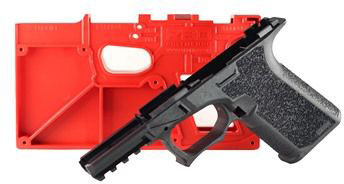
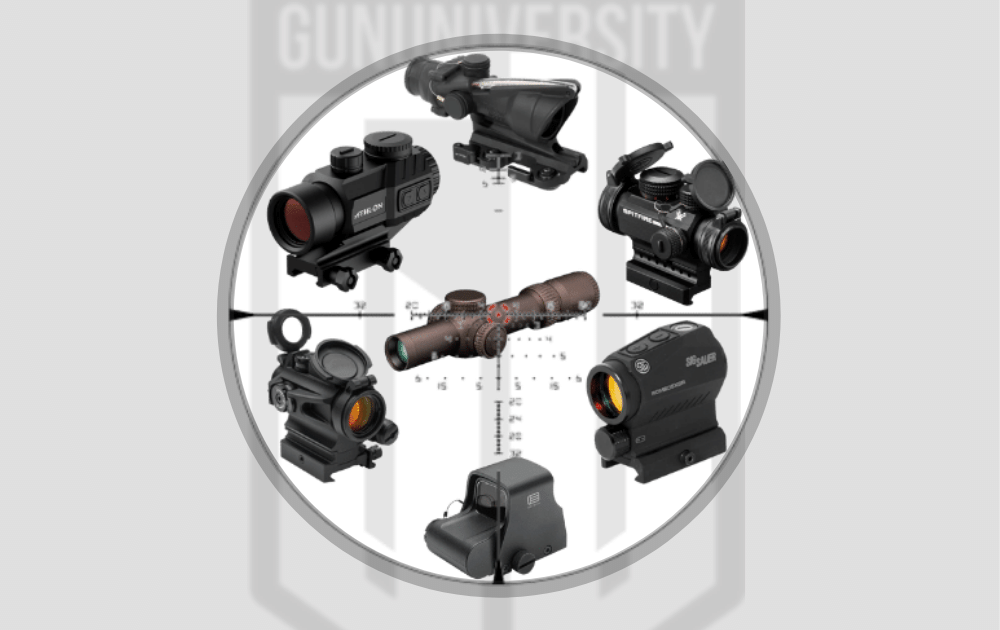
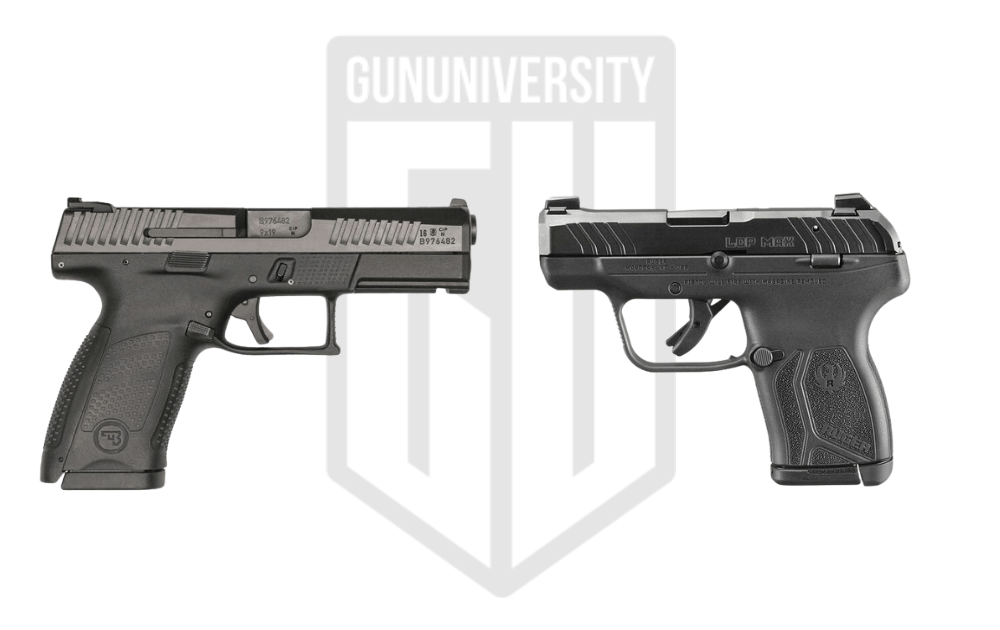
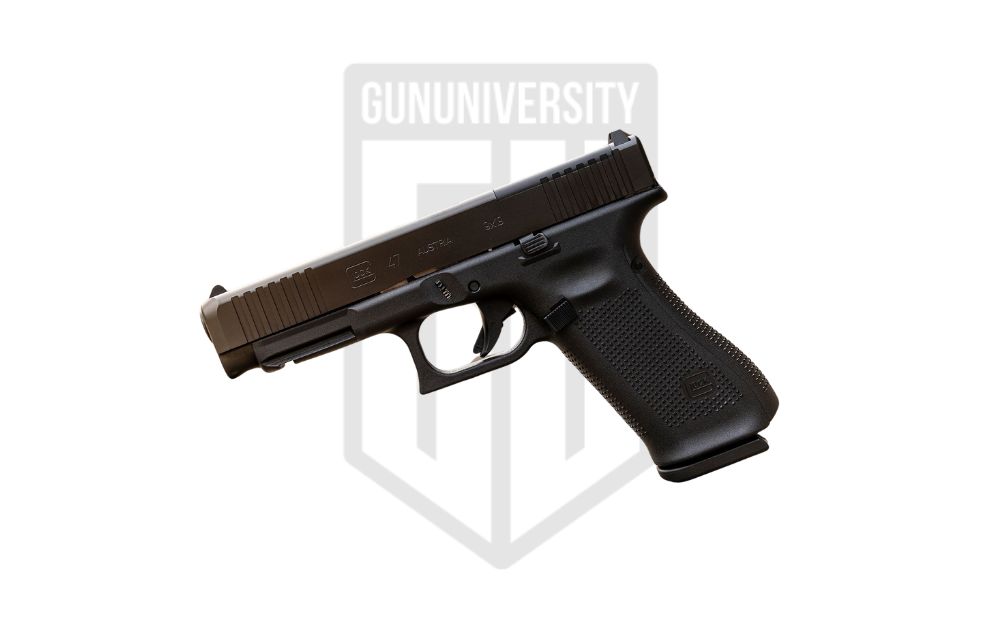
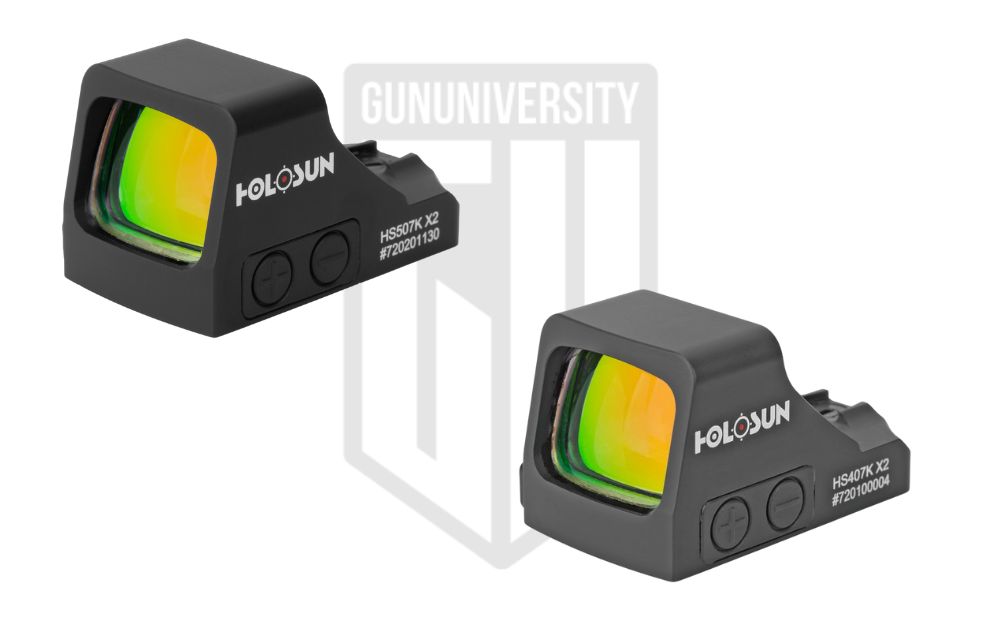
Has anyone questioned Congressional leaders or the Executive branch leader (the President) as to WHY this is being allowed to happen ??? I’m sure that the Congressional leaders is allowing this because it follows their agenda. This also goes for the Executive branch … it follows [HIS] agenda. These people have indicted Trump but are committing felonies themselves in the name of their own agendas. They should all be investigated and threatened with indictment with felonies, (right along with the ATF leadership and any ATF employee who makes up or enforces made up ???laws??? !!!
Great explanation and very detailed. It appears to have been written by someone with a little common sense! 🙂
Thank you